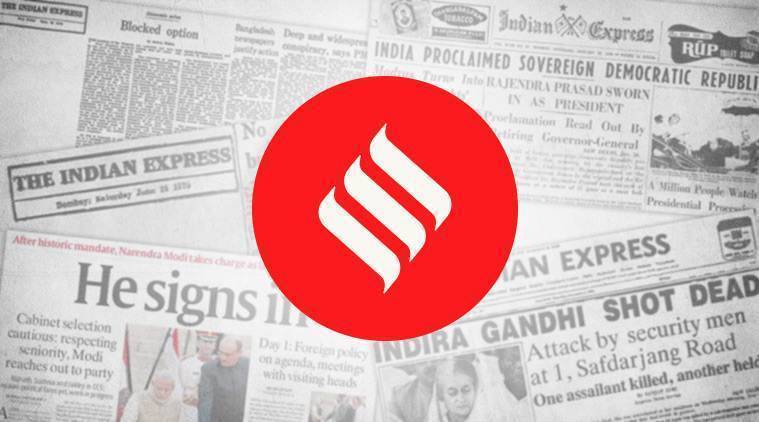 On Sunday, Joginder Chaudhary, a junior resident doctor at Delhi’s Baba Saheb Ambedkar Hospital, lost his month-long battle with the novel coronavirus.
On Sunday, Joginder Chaudhary, a junior resident doctor at Delhi’s Baba Saheb Ambedkar Hospital, lost his month-long battle with the novel coronavirus.
On Sunday, Joginder Chaudhary, a junior resident doctor at Delhi’s Baba Saheb Ambedkar Hospital, lost his month-long battle with the novel coronavirus. That he was only 27, reportedly an athletic person without any co-morbidity, speaks of the unpredictable ways of the virus — young people, especially those who do not suffer any chronic ailments, are generally deemed less vulnerable to COVID-19. Chaudhary was placed under home quarantine initially, but the young physician’s condition deteriorated after he complained of breathing difficulties. The capital’s medical fraternity had come together to pool in money for their colleague’s treatment at a private medical facility. But financial insecurity is just one of the risks that many workers at the frontline of the battle against the coronavirus — especially nurses and junior medicos like Chaudhary — face.
Reports have indicated insufficient protective gear, failure to receive timely treatment, deviation from safety protocols and unexpected deterioration of condition — like in the case of the young Delhi doctor — as reasons for doctors’ deaths. But there is no government data on the healthcare workers who have succumbed to the coronavirus. According to the Indian Medical Association (IMA), the pathogen has claimed nearly 100 physicians, and 10 nurses. The association admits that these figures could be an underestimate. The head of its Kochi chapter, R Jayadevan, has compiled a report, “100 Doctors’ Deaths in India During the Times of COVID-19,” which puts the toll at 108. The data in this report shows that being young, and apparently healthy, is no guarantee against COVID mortality, especially for doctors and nurses. The average age of those claimed by the virus is around 56, according to the report. More than 55 per cent of the doctors who have died at the frontlines of the battle against the disease are below 60 years of age. And, more than a fifth of the doctors who have lost their lives to COVID are below the age of 40. The average age of the nurses who have died fighting the virus is less than 50.
There is an urgent need to look beyond IMA data. The association’s figures do not include AYUSH and homeopathic doctors as well as ASHA workers. With the virus now spreading beyond metros and big cities, to places where an allopathic doctor is not always at hand, the risks faced by such healthcare workers cannot be overstated. It’s imperative, therefore, that government and professional medical bodies put their heads together to compile a mortality register of healthcare workers. That could be the first step towards a scientific understanding of the deaths of medical professionals due to COVID, in order to prevent them.